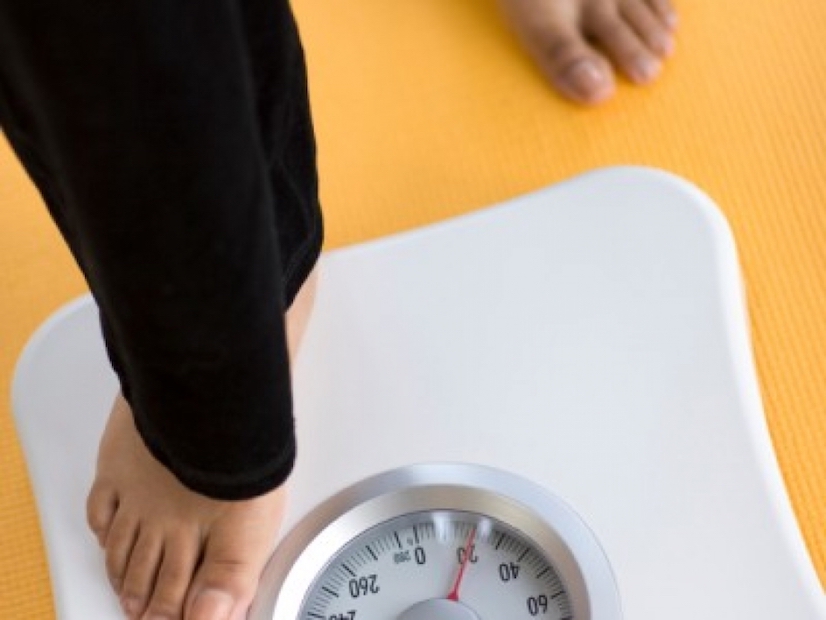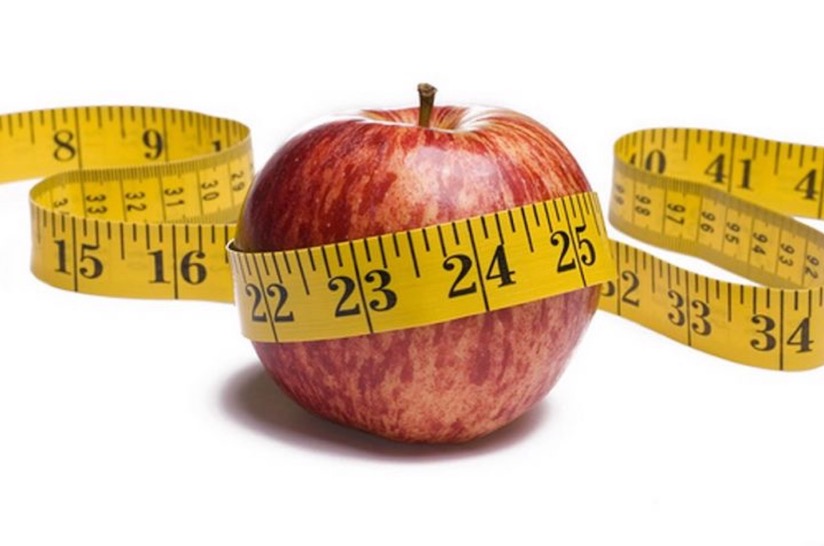I recently overheard an older African-American woman tell a group of her friends that she “doesn’t drink milk or eat yogurt because [she] isn’t worried about osteoporosis”. While it might’ve sounded funny to some, I was actually quite alarmed by this woman’s statement, as she was obviously unaware of the real intricacies surrounding the development of this potentially debilitating condition.
Osteoporosis is a widespread bone disease among middle-aged and older adults characterized by dramatic losses in bone density and strength. Advancing age naturally brings about a progressive decline in bone density, which accelerates quite rapidly among women immediately after menopause making them especially vulnerable to osteoporosis and osteoporosis-related fractures. Despite the commonality of osteoporosis, it’s largely preventable and treatable.
Now, some people have naturally high bone density compared to others and are, therefore, less susceptible to osteoporosis. On an average, men have denser bones than women, which generally explains the obvious gender differences in osteoporosis. Furthermore, among women the risk of osteoporosis-related fractures is less pronounced in blacks and Hispanics/Latinas when compared to whites and Asians due to naturally denser bones.
Still, I must emphasize to my fellow women of color and male counterparts that you’re still at significant risk of developing this disease if you’re not taking any preventative measures. With that said, to reduce your overall risk of osteoporosis or effectively treat it if you already have it, here are eight easy to follow lifestyle-related strategies that have been proven highly effective.
Up Your Daily Intake of Dietary Calcium
Calcium is the most abundant mineral in the body and plays a critical role in bone health. Inadequate calcium intake can lead to reductions in bone density and mass, which increase the risk of osteoporosis, bone fractures, and, ultimately, disability. You can obtain adequate amounts of dietary calcium from a variety of food sources including dairy products, vegetables and calcium-fortified foods.
Related Article: Seven Easy Ways to Increase Your Calcium Intake without Drinking Milk
Acquire Ample Amounts of Vitamin D from the Sun and Foods
Vitamin D is necessary for intestinal absorption and metabolism of calcium. The body synthesizes vitamin D when the skin is exposed to ultraviolet rays from direct sunlight. This is the primary means by which the body acquires vitamin D. This essential vitamin can also be acquired from foods and, if necessary, supplements. Foods containing vitamin D include fortified milk, oily fish, egg yolks, and butter.
Related Article: Vitamin D: Why You Need it and How to Get It
Incorporate Healthy Sources of Protein into Your Everyday Diet
Protein is a key component of a healthy balanced diet, as it’s needed to build and maintain healthy muscles and bones, both of which are critical for the prevention and treatment of osteoporosis. In addition to its role as a structural component of muscle and bone, protein intake supports calcium absorption. Chief food sources include meat, poultry, fish, soy, eggs, milk, and cheese. You can also get substantial amounts of protein from plant-based sources like nuts and beans.
Related Article: Nutrition Basics: Your Daily Protein Intake
Incorporate Resistance Training into Your Lifestyle
Resistance (weight) training is an especially important prevention/treatment tactic for osteoporosis. This type of training promotes healthy muscles and greatly increases bone density thereby reducing the risk of osteoporosis-related fractures and other common age-associated bone ailment like arthritis and back pain. As little as 2-3 days of whole-body training with free weights, machines, rubber tubing or your own body weight is all it takes!
Keep Strict Tabs on Your Daily Sodium Intake
A high intake of sodium can drive the progression of osteoporosis primarily by reducing calcium retention. Sodium specifically increases the amount of calcium excreted in the urine leading to decreased calcium levels in the body and ultimately bone loss. The body only needs about 500 milligrams (mg) of sodium each day to function properly. As such, to reduce your risk of osteoporosis, your sodium intake should never exceed 2,000-2,400 mg per day.
Related Article: How to Boost the Flavor of Your Foods Without Salt
Walk It Out and Do It Often
Walking is by far one of the most common types of cardiovascular (cardio) exercise but it’s also highly beneficial for preventing and treating osteoporosis due to its weight bearing yet low-impact nature. This type of exercise particularly places healthy stress on the bones, which naturally helps build density and strength. The best part about walking is that it’s easy to perform, requires little or no equipment, and can conveniently be incorporated into your everyday routine.
Related Article: How to Get More Out of Your Walk for Weight Loss
Boost Your Consumption of Potassium-Rich Foods
Potassium is an essential mineral micronutrient that’s especially beneficial in both the prevention and treatment of osteoporosis, as it supports adequate calcium retention in the body. Large quantities of potassium are housed in a wide range of vegetables and fruits. Substantial amounts of potassium can also be found in meat, fish, poultry and dairy foods as well as whole grains, nuts and soy products.
Perform Mind-Body Exercises on a Day-to-Day Basis
Daily performance of mind-body exercises like yoga or Pilates can be extremely beneficial for osteoporosis prevention and treatment. In addition to providing the stress relieve that we all need, performing such exercises can lead to dramatic improvements in balance, posture and core stability. When performing mind-body exercises, it’s important to opt for gentle poses and stretching while avoiding exercises that involve extreme flexing, bending or twisting of the spine and other joints.
Related Article: How Sit-Ups and Leg Raises Can Be Bad For You
So there you have it: Eight highly effective lifestyle-related strategies for preventing and treating osteoporosis. Even if you’re not at all concerned about developing this condition, incorporating such strategies will help you maintain an adequate level of physical fitness, improve your quality of life and, ultimately, reduce your overall risk of lifestyle-related disease.







